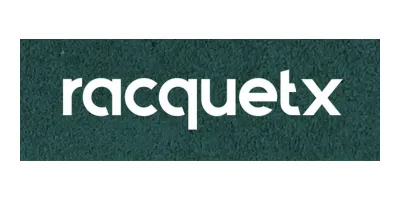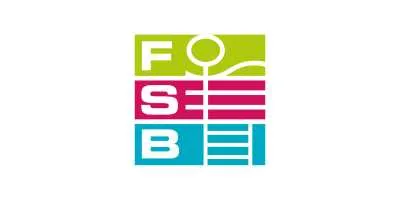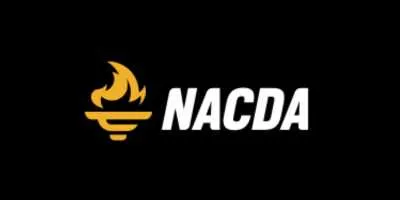Home » Artificial Turf Field » Baseball Infields with Artificial Turf: Lower Costs, More Game Time
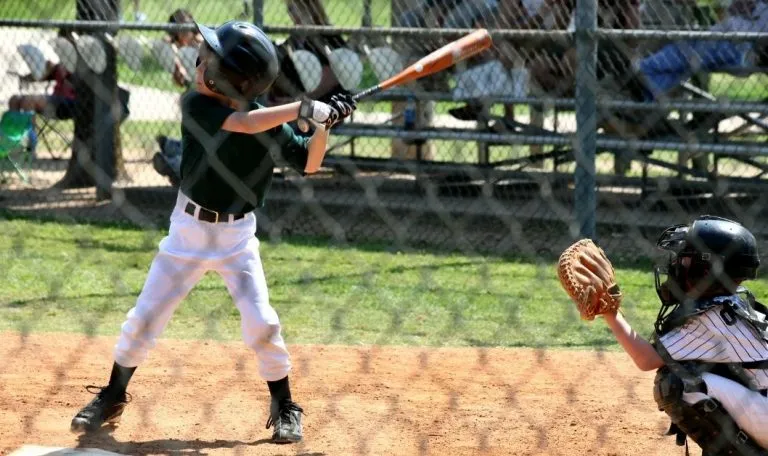
Every Little League baseball player learns how to position his body behind a ground ball, just in case it takes an unexpected bounce. If the ball bounces away from an infielder because of the spin on the ball, well, that’s just baseball. But if the ball goes off in some random direction because the grass is bumpy or rocky, that might be a sign that a turf infield will be worth the cost.
The costs of building and maintaining synthetic baseball diamonds have decreased to the point where high schools, rec centers and sports complexes can afford them. This has happened while the quality of the materials and construction have closed the quality gap between natural grass and artificial turf for the infield.
The cost of a baseball infield with artificial turf ranges from $55,000 – $98,000 for a Little League diamond, depending on the quality of the components and structure. In addition, many artificial turf manufacturers offer replacement panels (usually in quantities of 5 to 10) for the more heavily used areas. These will cost between $8,000 and $18,000, depending on the quantity you order.
Benefits of a turf baseball infield:
- Looks and feels like natural grass diamonds
- Lower maintenance costs than natural grass
- Consistent playing conditions
To get a customized cost estimate for your infield or a full baseball field, use our turf baseball field cost calculator.
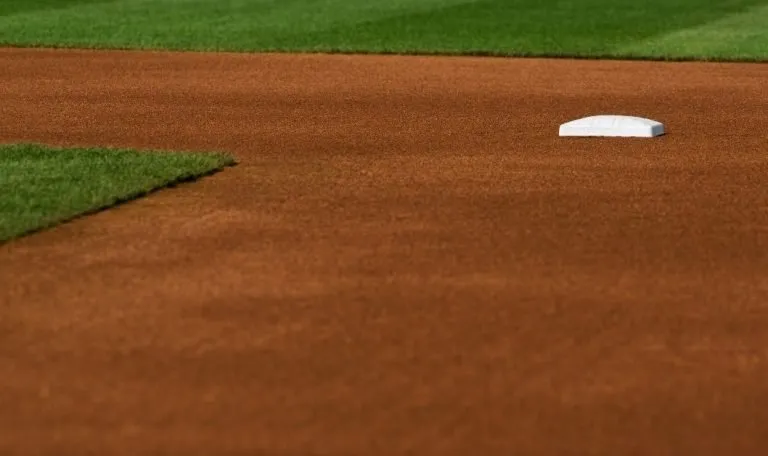
Playing Advantages of an Artificial Turf Baseball Diamond
Players want to play on a diamond that looks and feels like a major league diamond. Facility managers, though, don’t want to shell out the costs of maintaining natural grass.
Natural surfaces are highly vulnerable to the weather and usage. Major league teams can have grounds crews raking the dirt in between innings and running onto the field pulling the tarp at the first sign of rain. This is simply impossible for schools, parks and sports complexes that might have a dozen or more diamonds.
Natural fields can handle a limited number of games over a week before they need some down time for maintenance and basic recovery. That would preclude the use of natural grass for facilities that are the home of multiple teams (like a school) or that host tournaments where a diamond may see several games each day.
Artificial surfaces such as Astroturf look and feel like the best parts of natural grass and dirt. The ball rolls quickly and smoothly along the grass, which benefits both the batting and the fielding team. The turf also absorbs the shock and impact of players diving for ground balls or sprinting across the outfield to get under a flyball, thereby improving player safety and reducing injury risk.
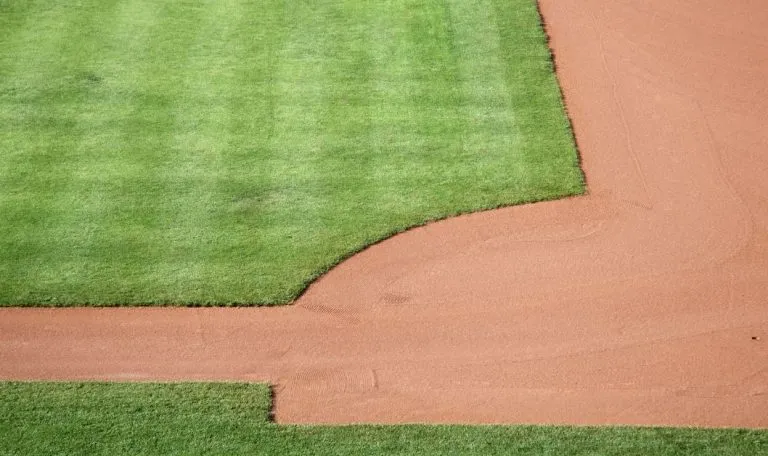
Game on! Artificial Turf Shortens Rain Delays and Reduces Postponements
Turf baseball infields have a lot less to worry about from the weather. Part of the planning process is laying out the drainage requirements, and then selecting the infill material and synthetic grass that is best suited for the climate and typical rainfall. A synthetic diamond can remain uncovered during heavy rains and still be ready for the first pitch once the skies clear.
Coaches, players, parents and fans will appreciate how much the field lets them stay close to the schedule, even if the weather delays the game a bit.
Like any sports facility, the major costs of a new or renovated baseball diamond are the infrastructure below the playing surface itself, the playing area (infield and outfield grass, infield dirt, warning track), baseball field lighting, seating and safety / security.
Take a swing at your upcoming project with our cost calculator. Enter in the details of your project and we’ll send you an estimate, where you’ll get an idea not just of how much it will cost to install a turf baseball field, but the costs and equipment associated with maintenance.



